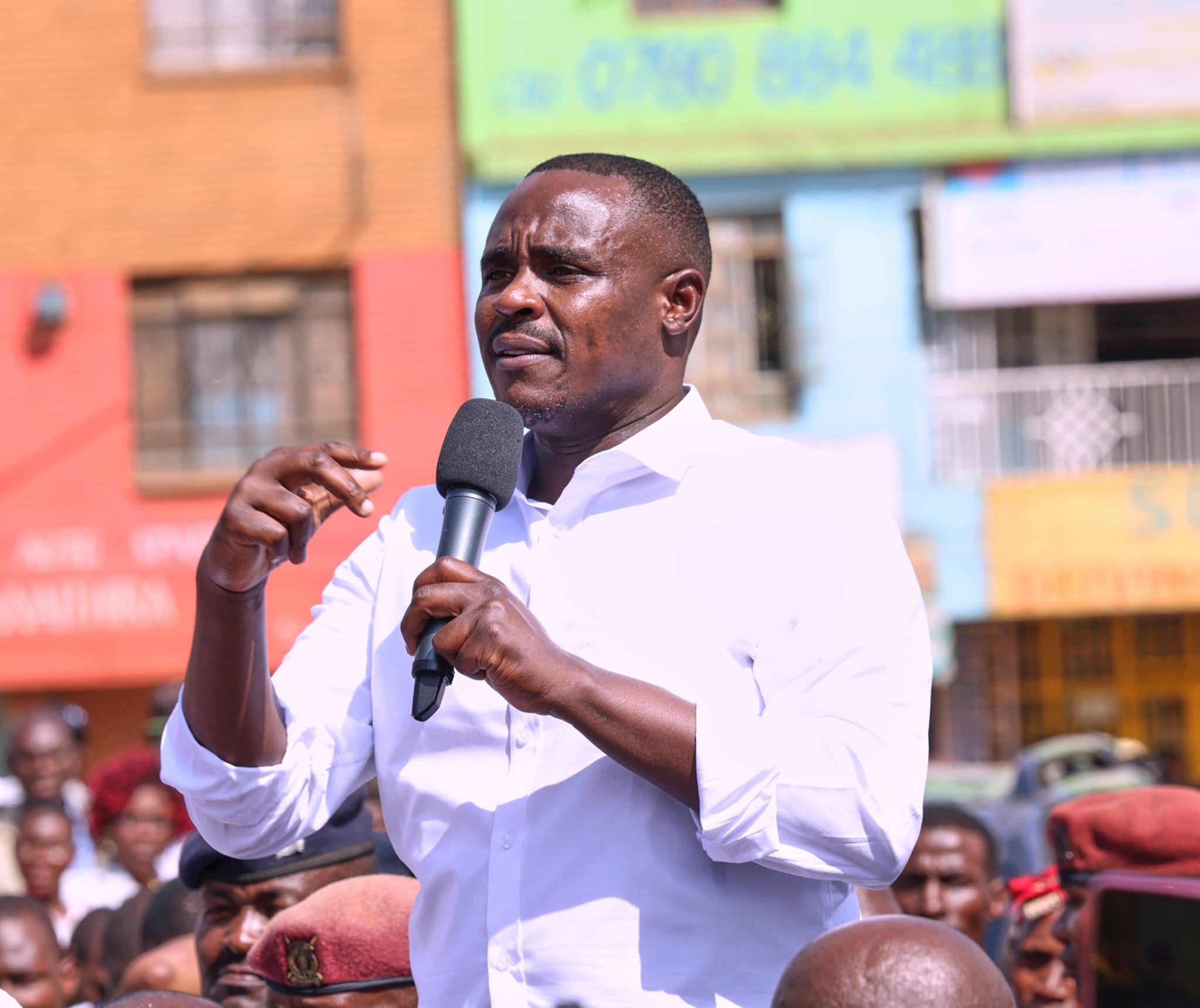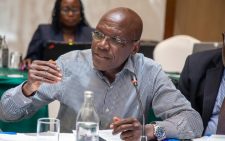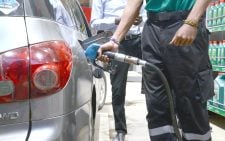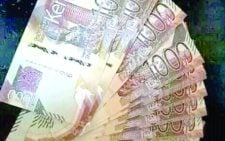Kenya and Ethiopia deal renews hopes for cheaper power
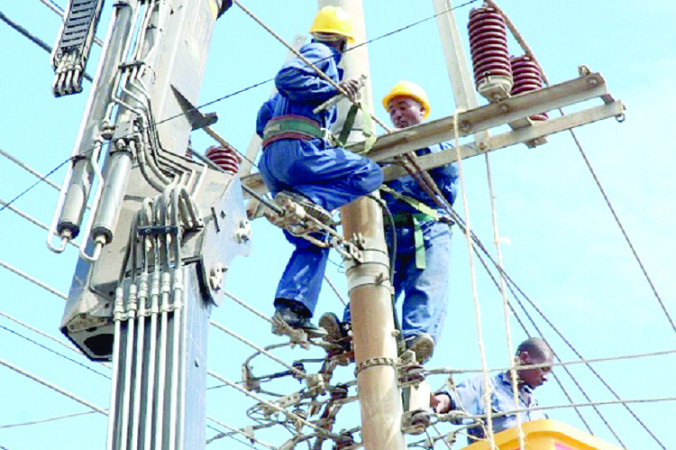
Kenya will start buying power from Ethiopia in November this year after the formalisation of a Power Purchase Agreement (PPA) between the two countries.
The project will ensure access to reliable and affordable energy to around 870,000 to 1.4 million Kenyan households, of which 18 per cent will be located in rural areas.
“The trial transmission of power will start in a few weeks,” the National Treasury said ahead of a scheduled launch of full capacity power export in November 2022.
The transmission agreement was inked between Kenya Power (KP) and Ethiopia Electric Power (EEP) transmission and will boost Kenya’s capacity by 200 megawatts in the first phase of export, scaling up to 400 megawatts for the remaining 25 years of the PPA’s life span.
It was signed by the chief executive officer’s from the two neighbouring countries on Wednesday this week and follows the completion of the $1.3 billion (Sh149 billion) KenyaEthiopia Electricity Highway Project involving a 1,068 km long power transmission line and two AC/DC converter stations at both ends.
In a statement, KP Acting managing director Geoffrey Muli said the PPA was a build-up on bilateral discussions that began in 2006 to, among other things, develop the regional energy sector for mutual benefit.
“The bilateral discussions are seen in the objective of realising Power Trade through a Transmission Interconnector that would link Kenya and Ethiopia and indeed beyond the borders of the two Nations. Looking yonder, it speaks to a seamless power connection from Cairo to Cape,” he said.
Transmission line, In the long run, the transmission line will interconnect North, East and Southern African countries from the Southern Africa and Eastern African Power Pool through Egypt and Sudan.
In addition to providing affordable energy, the project will promote sustainable and renewable power generation, better protect the region’s environment and pave the way for more dynamic regional cooperation between the two countries.
The World Bank provided a loan of $684 million (Sh81.2 billion), while African Development Bank and French Development Agency provided $338 million (Sh40.2 billion) and $118 million (Sh14 billion) respectively

